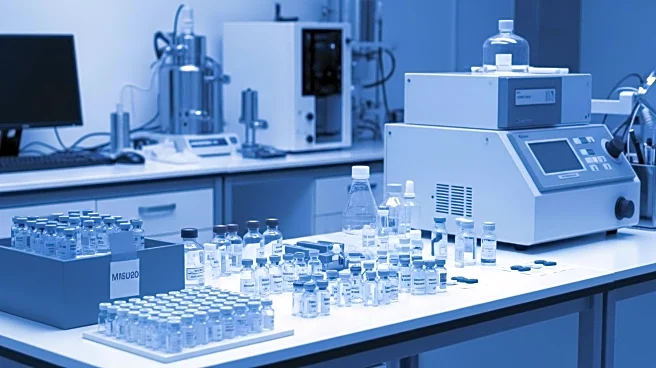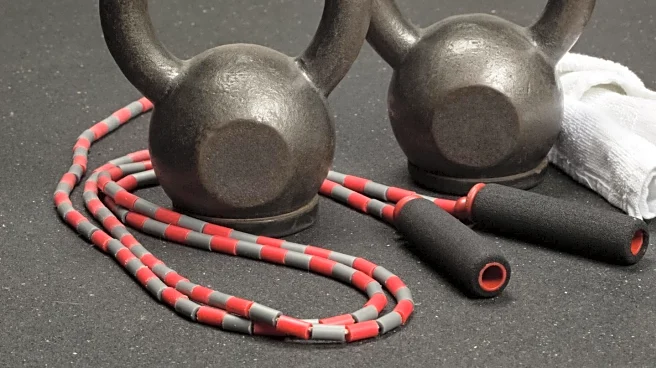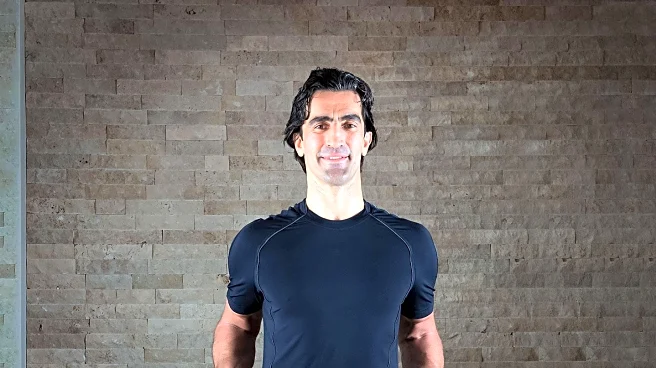What's Happening?
Recent research highlights the benefits of high-intensity interval training (HIIT) for aging adults, particularly those who have been sedentary for decades. A study involving individuals aged 50 to 60 demonstrated that engaging in a HIIT regimen for 30 minutes a day, four to five days a week, over two years, significantly improved heart function and structure. Participants showed heart health comparable to individuals 20 years younger. HIIT involves alternating periods of high-intensity activity with recovery, making it accessible for most adults, including those new to exercise.
Why It's Important?
Heart disease remains the leading cause of mortality in the United States, making heart health a critical concern. The study's findings suggest that HIIT can reverse heart aging and improve cardiovascular fitness efficiently. This is particularly significant for older adults seeking effective ways to enhance their health without extensive time commitments. The ability to improve heart function and oxygen use through structured exercise could lead to reduced healthcare costs and improved quality of life for aging populations.
What's Next?
As HIIT gains recognition for its health benefits, more fitness programs may incorporate this approach, especially targeting older adults. Healthcare providers might increasingly recommend HIIT as part of preventive health strategies. Further research could explore the long-term effects of HIIT on other aspects of aging, such as cognitive function and muscle strength, potentially broadening its application in geriatric care.
Beyond the Headlines
The adoption of HIIT by older adults could shift cultural perceptions of aging and fitness, emphasizing active lifestyles as a norm rather than an exception. This could lead to increased demand for fitness facilities and programs tailored to older demographics, fostering a more inclusive fitness industry.










